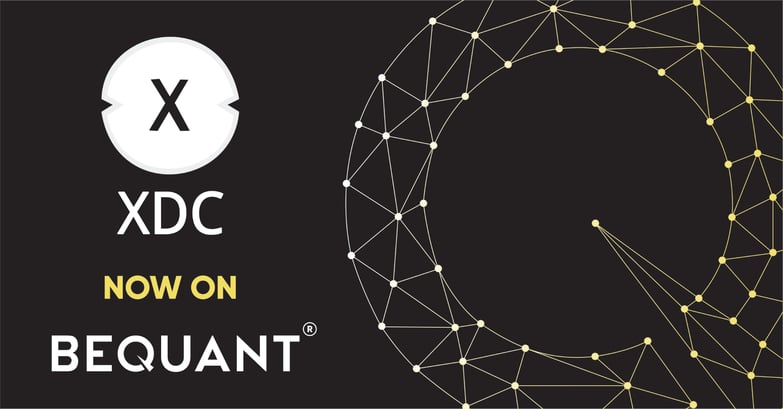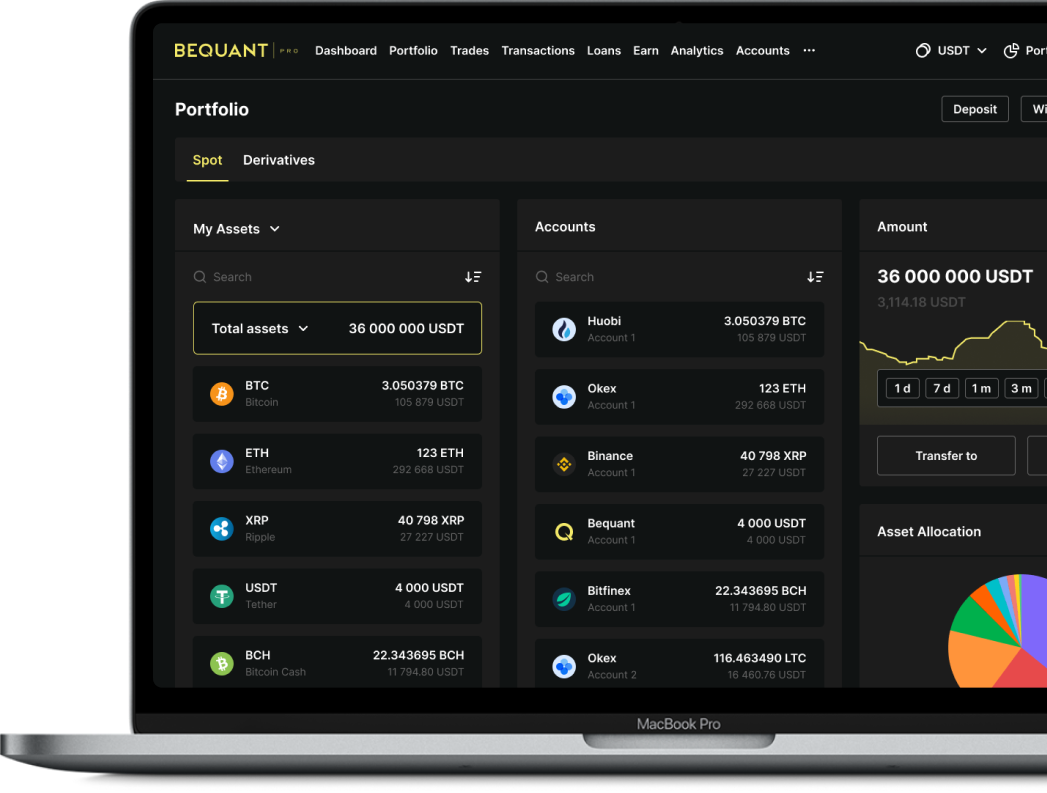Crypto and Geopolitics

Summary:
It was a historic week. The grand finale was a violent spike in the two year bond yield post the January CPI +7.5% surprise, taking us to an even flatter curve versus the 10 yr bond. The market is fully pricing in a 50 bps hike in March and nine rate hikes by 2023. Some are calling for an inverted yield curve, which is bound to fuel recession concerns. The OECD leading indicators showed decelerating momentum. Just as relevant in the world of digital assets was Russia’s imminent legislation to allow crypto as a form of parallel currency. This, coupled with suggestions that bitcoin mining could be advantageous make us wonder if Russia’s leadership is playing a game of geopolitical chess. Could we see a new sort of arms race, where nations battle it out for bitcoin mining investment, hoard BTC as a store of value and use crypto to receive payments to bypass the petrodollar system or sanctions? Russia has been de-dollarizing for years, with large investments in gold which have proved to be an excellent choice.
Macro
UNANCHORED SHORT TERM RATES
Another week, and an even more violent spike in the 2 year Treasury yield, this time of over 20 bps to 1.56%, after a strong January inflation print of 7.5% exceeded estimates. That is the most sizable one day move since 2009.
Energy remained the biggest contributor (27% vs 29.3% in December), with gasoline prices up by 40% (49.6% in December). Inflation ramped up for shelter (4.4% vs 4.1%); food (7% vs 6.3%), new vehicles (12.2% vs 11.8%); used cars and trucks (40.5% vs 37.3%); and medical care (2.7% vs 2.5%).
Unanchored: 2-year yields spiked by 20 bps on Thursday on a +7.5% U.S. inflation print
Source: Bloomberg
The market is now pricing a 100% probability of a 50 bps rate hike in March after Fed member Bullard left the door open to it, and a 50% chance of nine hikes by the middle of next year. Some analysts are even considering an emergency inter-meeting shock and awe hike. It seems Jamie Dimon et al’s predictions, which looked wide of the mark just a week ago now seem too dovish. It is no surprise then that the yield curve continued its compression to 40 bps, even as the ten year yield shot past 2%.
Baked in: A 50 bps hike in March
Source: Jim Bianco Research
We will likely get another 7ish% print in inflation in February, however, even if oil prices, the largest contributor, stay at current levels, its impact drops quite quickly.
Despite short-term inflationary pressures, leading OECD indicators (CLIs) released this week point to a loss in momentum in growth. The CLIs are designed to provide early signals of turning points in business cycles (peaks and troughs) and show a strong co-movement with the business cycles over time, with a 6-9 month lag.
Soft landing? 10 yr/2yr bond yield differential signals slower growth on the horizon with rate hike expectations rising in the short term
Nothing to see here: the stimulus boost is losing strength
Source: Lyn Alden
JAPAN CAN’T SHAKE THE LOW GROWTH, LOW INFLATION VIBE
In Japan, authorities are taking a different approach, warning investors that they won’t allow the ten year bond yield to rise above 0.25%, a level not seen since 2016. The Central Bank said it would purchase an unlimited amount of recently issued bonds on Monday, ahead of a long weekend. The economy has not recovered from the pandemic blow, and inflation is expected to remain at 1%, hence the negative rate policy.
Regulation
COMING IN FROM THE COLD
The news that Russia is proposing draft legislation recognizing crypto as a type of currency came only a matter of weeks after the Central Bank proposed banning crypto altogether. President Putin waded into the debate, suggesting mining bitcoin could be an interesting proposition and that there could be value in crypto.
The fact that Russia appears to be going the route of bringing digital assets into the fold, and even considering bitcoin mining, rather than trying to ban it stands in stark contrast to the Chinese approach. India has also decided to tax crypto and create a regulatory framework. After the China ban, the tide looks to be turning in favor of regulation rather than repression. Governments are realizing that the best way to have some sort of control over capital flows is via the legalization of digital assets.
With Russia’s president indicating that his country may be a favorable location for bitcoin mining, there could be a new type of arms race in the making, with countries competing to attract investment. At the moment, the U.S. is winning, with states such as Texas, New York and Wyoming vying to be mining hubs. However, miners have shown that they can be light of foot, migrating to wherever costs and regulatory risks are lowest. With government support, Russia’s share of bitcoin mining could become more relevant.
We have yet to see the draft bill, but allowing bitcoin to be a currency is a step above what many other countries are allowing. Perhaps Putin is thinking strategically, crypto as a geopolitical and economic weapon, as it continues to de-dollarize its reserves and reduce its vulnerability to US sanctions. Last year, the country’s gold reserves surpassed its dollar assets for the first time as it invested over $40 bn in the last few years, helped by positive price performance for gold in the period.
Still, Russia looks a long way from doing anything like what El Salvador is pursuing, issuing bitcoin bonds as early as next month. Not that they need to, given their rock-solid $600 bn plus reserve position, or approximately 30% of GDP.
Is bitcoin the next big Russian investment? Russia has been de-dollarizing for several years
THE WHITE HOUSE PASSES THE BUCK TO CONGRESS
In the U.S. regulators and lawmakers are also moving, although, with a busy agenda, it may not be speedy. The head of the Commodities Futures Trading Commission (CFTC) lobbied for more oversight into crypto in front of the Senate Agriculture Committee. The agency wants a remit over cash trading, not only derivatives. Because many legal experts consider bitcoin and ethereum to be commodities, they would fall outside of the scope of the Securities and Exchange Commission (SEC) but also the CFTC’s arena, as it does not have oversight over spot trading. Tokens that are considered to be securities would then fall under the SEC umbrella.
Up next will be hearings on stablecoins in the Senate, on February 15, after a House hearing this week with the Undersecretary of the U.S. Treasury urging for legislation. Neither the SEC nor the CFTC have authority to comprehensively regulate stablecoins and the Biden administration has passed the buck to the lawmakers.
Crypto
PRICE ACTION: THE ALTS HAVE IT
Crypto price action was strong to start the week, with bitcoin reaching US$45.8k on several positive headlines and a surprisingly resilient US market, before giving up a large part of the week’s gains post-CPI data (+4.5% to Friday). Ripple (+25%), Avalanche (+15%, Crypto.com (+18%), Decentraland (+16%), Theta (+40%), Axie Infinity (+25%), Flow (+22%) and Gala (67%) are some tokens that outperformed the market to Friday, demonstrating that themes such as exchanges, GameFi, NFTs and the Metaverse dominate.
Ripple moved on the news regarding the SEC case against it, overtaking Solana and Cardano in market cap. Gala rallied on the announcement of a $5bn investment into NFTs, while Axie implemented much-needed changes to Smooth Love Potion emissions.
BTC funding rates were less positive on Friday, while ETH turned positive after having been in the red overnight. Zooming out, the digital asset space has weak links to other markets over longer time horizons.
Crypto marches to its own drumbeat over longer periods
CATALYSTS OF THE WEEK; BIG 4, SEIZURES AND MEGA ASSET MANAGERS
First up in terms of crypto-specific news, was the Canadian branch of Big Four accounting firm KPMG reporting that it had added both Bitcoin and Ether to its balance sheet, though amounts were undisclosed. The accounting firm has its ears to the ground with respect to corporates and is testing the waters, likely sensing an opportunity to be involved in advising treasuries on crypto holdings and wanting to have an edge over its rivals.
In a win for the transparency of digital assets and the growing blockchain security and analytics industry, the U.S. Justice Department achieved its largest financial seizure ever, seizing $3.6 bn of bitcoin (120,000 BTC) that was reportedly stolen during the Bitfinex security breach of 2016, arresting a couple for money laundering.
Coindesk reported that BlackRock, the $10 trillion dollar asset manager, was preparing to offer a cryptocurrency trading service to its investor clients, as well as credit facilities. The company had already invested in bitcoin futures for one of its funds last year, owns a stake in Microstrategy and launched a crypto-related ETF in January so this appears to be a natural progression.
The U.S. government now has the third largest bitcoin bags
DeFi/NFTs/The Metaverse
NFT VOLUMES AND INVESTMENTS STILL ON A ROLL, BUT PRICES SOFTENED
Open Sea volumes are still above $1 bn a day well into February and NFT aggregators such as Genie and GEM have emerged to try to grab share by managing gas fees more efficiently, but it is still early days with users numbering in the hundreds, according to Delphi Digital.
Blockchain gaming studio Gala Games has earmarked $5 billion within the next year to expand its NFT offerings, including music, movies and theme park NFTs (non-fungible tokens). Out of the $5 billion allocated to Gala Games’ NFT expansion, the largest amount, $2 billion, is expected to go to gaming.
Top NFT CryptoPunks and BAYC saw price drops this week
Source: Delphi Digital
TOKENIZING TRADE WITH NFTs: XDC
The NFT market is still small compared to the digital asset market overall. One of the larger use cases lies in global trade and financing. We explore XinFin’s efforts here:
Total addressable market: Trade in goods reached $5.6 trillion in the third quarter of last year, setting a new record, according to the United Nations Conference on Trade and Development (UNCTAD). Despite the magnitude and continued growth of trade activity, it still relies on layers of intermediaries and lengthy transaction times make it a prime candidate for blockchain technology. Digital ledger technology (DLT) can make complex trade transactions more efficient and secure.
The Mission: XinFin is a hybrid, open source, and community-led blockchain company working on multiple use cases, running the gamut from finance to forensics to the arts and entertainment. A salient one is reducing friction and expanding access to trade financing for SMEs and creating yield opportunities for investors on the XDC protocol.
Agreements and documents are stored in interoperable smart contracts, and transactions are settled on the XDC blockchain more quickly than in the legacy system. There is also higher security as there is clear evidence and traceability of ownership.
Tokenizing Trade: The key is the tokenization of trade finance assets. XDC Network partnered with TradeTeq to develop the technology that facilitates access to the capital deployed in decentralized finance. The smart contract transactions feature a digital coin, XDC, which represents the value of off-chain, bank originated assets and can generate yield for investors.
It is a way to break through barriers and allow access for SMEs that require financing and may be outside of the traditional financing system. It can also increase competition among lenders. Over the last six months, they have witnessed a fivefold increase in total value locked in smart contracts to US$2bn.
Blockchain basics: The blockchain itself is a delegated, proof of stake system, a fork of go Ethereum, which is 3 million times less energy intensive than Ethereum mining. XDC boasts an annual energy consumption of 7,400kWh per block and is EVM (Ethereum Virtual Machine) compatible. As such, there is no congestion and it is highly scalable.
The hybrid approach: As institutions are often required to keep the information in these transactions private so XDC operates as a hybrid public-private chain. Transaction details can be private while limited data is communicated to the public network to confirm the transaction.
A TEST FOR THE AXIE INFINITY MODEL
Smooth Love Potion (SLP), the token you can earn by playing Axie Infinity, jumped by 246% this week as the game cut daily token emissions by over 50% to US$165 million. The tokens had been widely criticized for being too easy to earn and then monetize on the Ronin sidechain, which caused an over 90% drop in its value.
THE END OF TWITTER?
Aave finally unveiled its protocol for a decentralized social media ecosystem, Lens Protocol. The project is a permissionless, composable, & decentralized social graph that makes building a Web3 social platform easy.
Until next week!
Disclaimer: The views expressed in this newsletter are my own and not intended as financial advice or a recommendation, but only for informational purposes. You should carry out your own independent research or consult a financial adviser if you are unsure. Please also be advised that I hold investments in some of the assets mentioned in this report, including digital assets, equities and ETFs. All information is accurate at the time of writing

